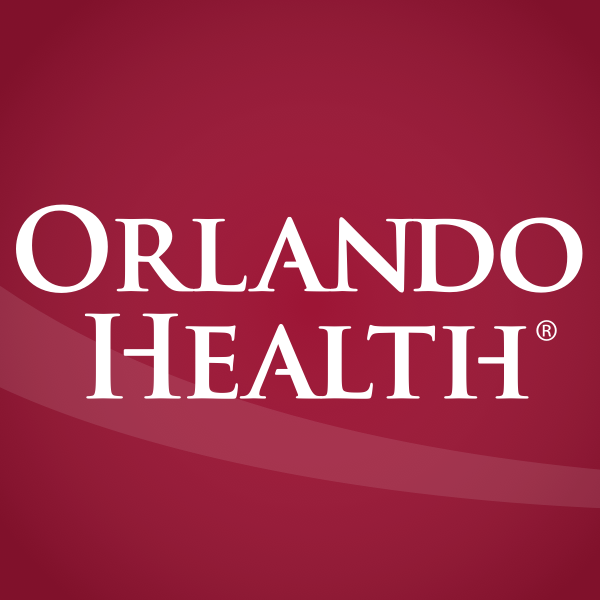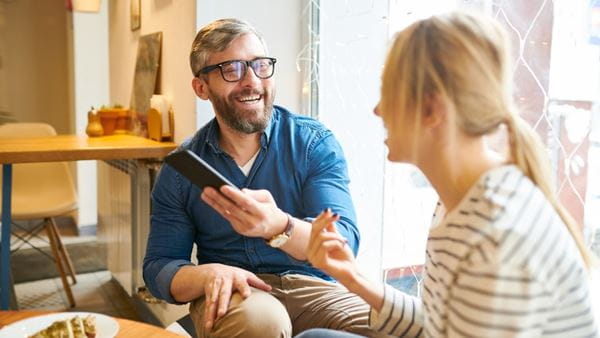When you have a stroke, it restricts critical blood flow to your brain – one of your body’s most complex organs. Because of that complexity, no two strokes are the same.
The damage can vary widely, based on which parts of the brain are deprived of nutrients, and how long that deprivation lasts. A stroke on the left side of the brain will affect the right side of your body, while a stroke on the right side of your brain will affect the left side of your body. This can create a wide range of problems, including:
- An inability to move some parts of your body
- Difficulty with cognitive functions, including thinking, judgment and memory
- Problems talking or understanding others’ speech
- Trouble expressing or controlling your emotions
- Pain in your hands and feet that gets worse with movement or temperature changes
- Difficulty chewing or swallowing
- Bladder and bowel control issues
- Depression
Getting back to normal – or as close to it as possible – often involves the help of a wide range of therapists, including physical, occupational and speech specialists. While every stroke survivor’s pathway will be different, here is a look at what rehabilitation looks like.
A Fast Start
To boost your recovery prospects, the goal is to get you started with rehab as soon as possible after your stroke. When you are medically stable – whether that takes one day or a week – you will meet with your care team, which could include your doctor, therapists and a case manager. It’s likely this first meeting will happen while you are still in the hospital.
Your team will establish baselines for where you are now. A speech pathologist will explore your communication skills. Physical and occupational therapists will evaluate your mobility, balance, fine motor skills and ability to use your extremities.
Once they have a better idea of the stroke’s impact, they will be able develop a game plan for your therapy. They’ll also offer education for you, your family and loved ones to remove some of the mystery and scariness surrounding your recovery.
Rebuilding Brain Connections
In the quest to restore your independence, one of the more promising therapies is known as high-intensity gait (or stepping) training. This includes interventions such as specific types of stepping, walking or even stair negotiation. for example – that push you to get your body and heart moving at an intensity level chosen by your physical therapist.
What’s lost after a stroke is the connectivity between your brain and the various parts of your body. Those lost connections make it difficult to control your arms and legs the way you used to.
At appropriate intensities, skilled therapy can prompt your body to release neurotransmitters that can boost your brain’s recovery and healing. These neurotransmitters – including dopamine and serotonin – can forge new connections and help you regain better control over your body’s movements.
Depending on how you have been impacted by the stroke, your rehabilitation plan will focus on therapies and treatments focusing on three general areas:
- Speech therapy: A speech language pathologist will work with you to improve your ability to communicate and to overcome difficulties with chewing or swallowing.
- Physical therapy: This includes a broad range of interventions that will help you relearn movement and coordination skills. The goal is to restore as much independence as possible.
- Occupational therapy: A therapist will work with you on a range of typical day-to-day tasks, including eating, drinking, cooking, dressing and bathing.
Doing Your Part
As is often the case with any type of rehabilitation therapy, successful results are heavily dependent on what you put into it. Consider that you will only spend a few hours each week working directly with a therapist. That, alone, will only get you so far.
Your therapists will urge you to continue working even when you are away from them. They will give you exercises and activities to do at home. The more you can put into it – with support from your family – the better your potential for recovery. It may also help to bring family members to your sessions to help them better understand how they can help you.
If you are just now embarking on a stroke-recovery program, it may seem overwhelming and frightening. It’s natural to feel that way if you have lost your sense of control over your life and now find yourself having to rely on others to get better. But stick with it and trust the specialists who can help you get better.
Choose to Stay in Touch
Sign up to receive the latest health news and trends, wellness & prevention tips, and much more from Orlando Health.
Sign Up





